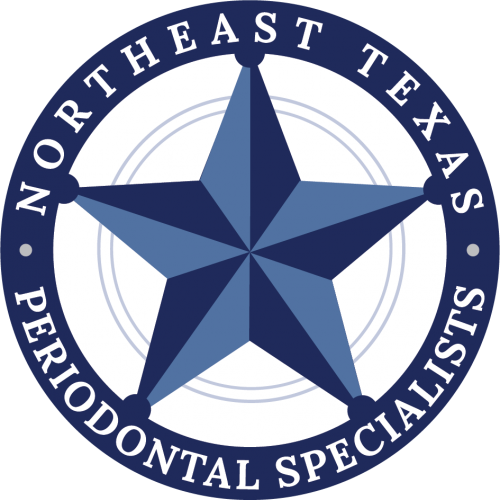Patients that are evaluating treatment options to replace all their missing teeth, may find that systems utilizing dental implants offer superior results. These restorations not only replace the lost teeth, but the missing roots as well. This article will examine the procedure involved with full mouth dental implants and the advantages these systems provide over conventional dentures or dental bridges.
How are Dental Implants Placed?
The process begins with an initial evaluation at the dentist or oral surgeon’s office. The practitioner will perform an examination of the patient’s mouth, take X-rays, and determine the best course of action to take. Once the treatment plan is determined, the patient progresses to surgery to place the implants.
The dental implants, which look like posts or screws, are surgically placed into the patient’s jawbone. Titanium is often used for the implant posts because the of the material’s superior biocompatibility with bone. To make the patient comfortable during surgery, local or general anesthesia will be used.
Once the implants have been placed, a recovery period is needed to allow the devices to fuse with the jawbone. Known as osseointegration, this natural fusion process typically takes between two to six months. This process is vital to creating a sturdy foundation to mount prosthetic teeth and for the long-term efficacy of the dental implants.
Often, a second procedure is needed once the implants and jaw properly heal. During this procedure, the implants are exposed so that extensions, including temporary healing caps and abutments, can be attached. These will complete the foundation upon which replacement teeth can be mounted. Typically, the gums will need a couple weeks to heal after this step. Not all implant systems require the additional procedure as they come with extensions already attached to the implants. The doctor will advise on which system is ideal for the patient.
Depending on how many implants are placed, the device connecting the replacement teeth can be tightened to the implants or clipped to a round ball or bar that a denture snaps onto. Finally, full dentures or full bridges can be created and attached to the abutment (connector between the implant and replacement teeth).
What Advantages do Implant-Based Systems Offer?
There are several benefits from using dental implants compared to other teeth restoration treatments. In addition to functioning, feeling, and looking like natural teeth, implant-supported dentures or bridges are built to be durable and long-lasting. When compared to conventional dentures, implant-supported dentures and bridges are more stable, comfortable, and provide the patient a more normal chewing and biting capacity.
With prolonged use of conventional dentures, the bone that used to surround the roots begins to break down. Because tooth roots are replaced with implant-supported dentures and bridges, these systems help preserve bone better than conventional dentures. The direct integration between the dental implants and the jawbone helps keep the bone healthy.
Implants also offer the advantage of being easier than conventional dentures to maintain. Dental implants can be cleaned like natural teeth meaning flossing and brushing routines are unaffected. And because they are permanently embedded in the jawbone, dental implants do not have to be removed at night or for cleaning.

